The long, slow drop continues. Average 12 month CD rates averages fell from .410% to .407% APY. Five year average CDs fell from 1.170% APY to 1.165% APY. Online savings dipped for the second week in a row from .734% to .731% APY.
The best nationally available online savings rate remains Salem Five Direct at 1.25% APY. The best online CD rate remains CIT with a 5-year CD paying 1.85% APY. Offline CD rates can be signifincatly higher although they are often limited by state or even county. Putnam County State Bank is offering a 2.27% APY 5-year CD. That's significantly higher than the average and also much higher than the best online rates, but you'll have to travel to Unionville, MO to get it. Generally, our research indicates that online banks offer the best rates for online savings/mm accounts while local banks offer th highest rates for CDs, especially on terms from 3 years or more.
View the top CD rates available in your community or online.
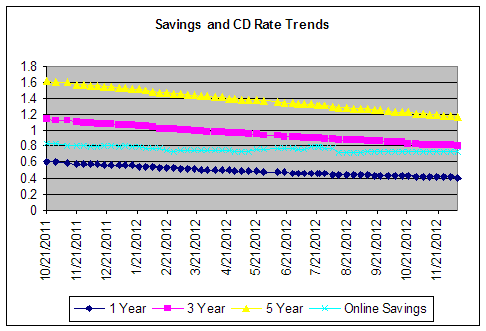
The data still show that opening a savings account is a better bet than a 1-3 year term CD. While online savings rates have dropped slightly the past two weeks, they are still holding up pretty well and they haven't dropped as much as the rate on 1-year CDs. The chart below shows that online savings rates have become increasingly competitive versus 1 year CDs and by extension 3 year CDs. I expect that trend to continue as longer maturity CDs come down more than shorter. The chart below shows that the difference in yield between a 5 year CD and a 1 year CD has been dropping like a rock. Online savings rates offered by large online banks are often offered to support Treasury management, credit card lending, and other functions not as tied to loan demand. Demand remains strong for this money, and the larger online banks have not dropped their savings/mm rates as fast as the brick-and-mortar insitutions.
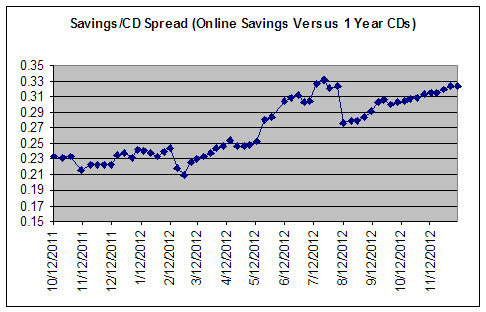
The chart below shows the comparison between the yield of a 5-year CD and a 1-year CD. Notice that this difference has shrunk considerably over the past year as the yield on 5-year CDs has dropped by more than the yield on a 12-month CD. This drop continued last week.
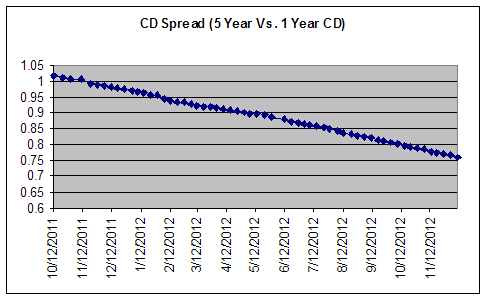
In terms of interest rates, the Federal Researve made an interesting statement last week:
"To support continued progress toward maximum employment and price stability, the Committee expects that a highly accommodative stance of monetary policy will remain appropriate for a considerable time after the asset purchase program ends and the economic recovery strengthens. In particular, the Committee decided to keep the target range for the federal funds rate at 0 to 1/4 percent and currently anticipates that this exceptionally low range for the federal funds rate will be appropriate at least as long as the unemployment rate remains above 6-1/2 percent, inflation between one and two years ahead is projected to be no more than a half percentage point above the Committee’s 2 percent longer-run goal, and longer-term inflation expectations continue to be well anchored."
For the first time in its history, the Fed has provided an employment target as well as an inflation threshold. Unemployment now stands at 7.9%. The last time the unemployment rate stood at 6-1/2 percent was October 2008. If the economy strengthens, as I expect it to do later this year, and the baby boomers continue to retire, then I project the unemployment rate to reach the target within 18-24 months. This fits my belief that rates will continue to drift down until then, and then begin to rise.
The key factors that I've identified that will determine interest rates include:
Factors Impacting Savings and CD Rates
Economic growth is steady but not fast enough to reduce unemployment. Several bits of data last week confirmed that economic growth is steady but subdued. Housing continues to show some bounce up from the deep bottom with the S&P/Case-Shiller index tracking a 3% increase in home prices from Sept 2011 to Sept 2012. Even a modest rebound in housing will help the economy as the sector will go from a large drag to a small benefit. That swing will add to growth. In addition, the Commerce Department released the 3rd quarter 2012 GDP numbers. Growth was revised upward to 2.7% but household purchases grew only at 1.4%, a relatively low number. After tax income adjusted for inflation grew at a .5 percent annual rate, down from a previously estimated .8 percent. Growth came in stronger than expected but incomes and purchases came in lower.
Holiday shopping may help jumpstart growth but the verdict is still out. No new figures on shopping trends for the holiday season after a strong start. But some analysts are predicting that shopping may be impacted by the aftermath of Hurricane Sandy as many on the East Coast focus on rebuilding instead of holiday shopping.
The Government remains stalemated on the fiscal cliff. It still seems most probable that some short-term resolution will delay spending cuts and tax increases, effectively kicking the can down the road. There are now two weeks left and the Republicans and Democrats continue to jockey. If they can achieve agreement, that would be a positive for the econony.
Europe continues to choke on debt. The dance between Germany and Greece to figure out how to handle Greek debt continues. For now, Europe is quiet, although the core problems have not been resolved and Europe could be front center news at any time.
I'm currently reading The Black Swam: The Impact of the Highly Improbable by Nassim Nicholas Taleb. The book explores how extreme events, almost always unforseen, have a major impact on human history. In it, he postulates that negative black swan events come on suddenly, like the financial crisis. Positive black swan events often need to build over time, and then appear, like the advent and growth of the Internet. The point is that we can't see these events coming. I'd like to think we have experienced our share of negative black swans and are now preparing for some positive ones. More on my thoughts on potential positive black swans and how they may impact savers next week.
My outlook: Savings rates will continue to drift lower for the next 12-18 months before beginning to move higher. How high and how fast they move will depend on the government's ability to put a long-term budget deal in place, the continuation of a recent economic uptick, and the ability of Europe to put its woes behind it and resolve its fiscal problems.
Make the best of a tough savings situation
For now though, savers can make the best of a tough situation by getting the very best rates on their money. Remember, even in today's environment, there is competition for your cash.
I hope this is helpful. If it is, let me know and I'll keep writing. Drop me a note or post a comment below.
Hope you find some good deals in your Holiday shopping! Until next week...








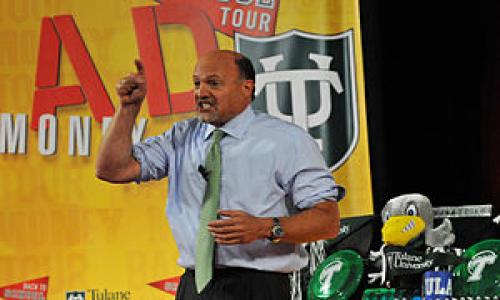


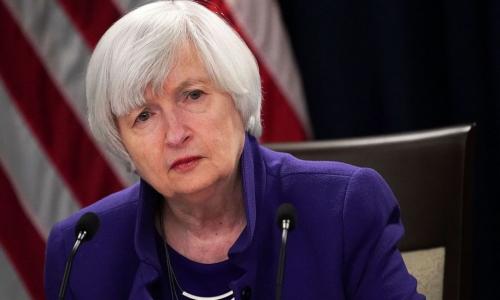
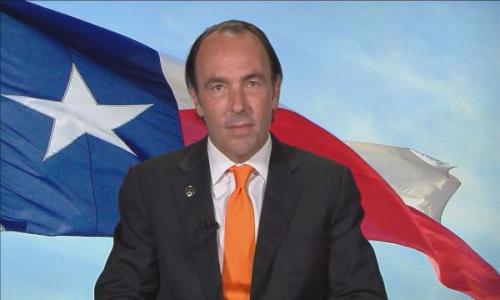
Comments
sandi tevet
December 24, 2012
why doesn't best cash cow post national cd rates?
Sandi
Is this review helpful? Yes:0 / No: 0
Sol
December 26, 2012
Hi Sandi,
The site does publish National rates. Most are under the Online CD Rates category, since online rates tend to comprise most national rates.
http://www.bestcashcow.com/cd/online-rates
National rates might also appear under Local banks if the rate is the same for every branch across every state.
http://www.bestcashcow.com/cd/rates
Is this review helpful? Yes:0 / No: 0
Add your Comment
or use your Google account
or use your BestCashCow account